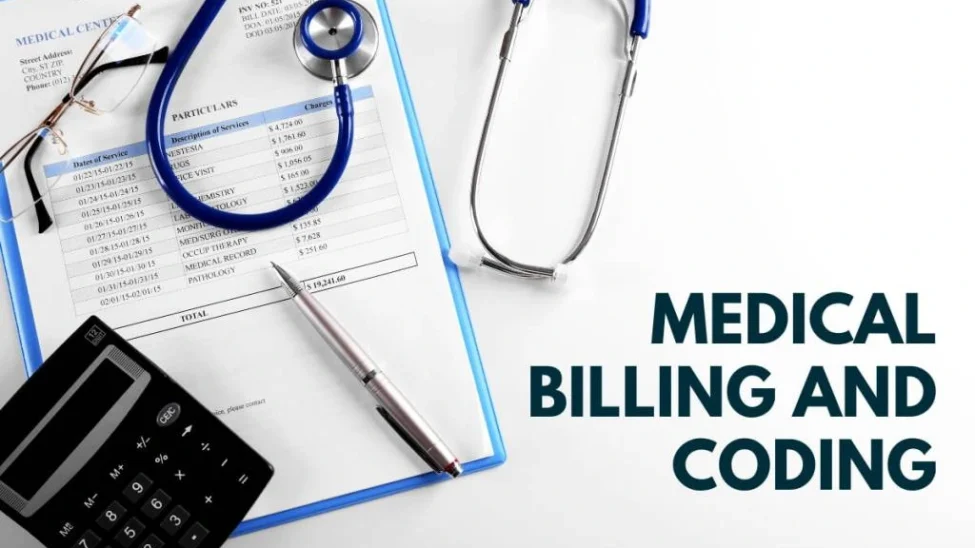
Top 5 Tips for Efficient Medical Billing
Medical billing is a crucial process that directly impacts the financial health of healthcare providers. A well-optimized billing system ensures timely reimbursements, fewer claim denials, and improved patient satisfaction. In the United States, with its complex insurance policies and compliance requirements, mastering medical billing efficiency is more important than ever. Below are the top 5 tips to streamline your medical billing process and keep your revenue cycle healthy.
1. Stay Updated with Insurance Policies and Regulations
Insurance policies and healthcare regulations change frequently in the USA. Providers must keep up with federal and state laws such as HIPAA, Medicare billing guidelines, and private insurance updates.
- Action Steps:
- Subscribe to official newsletters from CMS and major insurers.
- Provide regular training sessions to your billing staff.
- Hire a compliance officer or partner with billing experts.
Why It Matters: Staying compliant reduces billing errors and prevents costly fines.
2. Use Medical Billing Software and Automation
Manual billing processes are prone to human error. Medical billing software automates routine tasks like coding, claim submissions, and tracking payments.
- Recommended Tools:
- Kareo
- AdvancedMD
- AthenaCollector
- DrChrono
Why It Matters: Automation reduces labor, minimizes claim errors, and speeds up reimbursements.
3. Verify Patient Insurance Before Each Visit
Verifying insurance details before the patient’s appointment avoids surprises later. It ensures that the services provided are covered and avoids claim denials.
- What to Check:
- Insurance policy status
- Coverage limitations
- Co-pay and deductible information
Why It Matters: Real-time eligibility verification increases the chance of a successful claim.
4. Implement Accurate Medical Coding Practices
Medical coding is the backbone of the billing process. Incorrect codes lead to denials or delayed payments. Invest in certified coders or continuous education.
- Common Coding Standards:
- ICD-10
- CPT (Current Procedural Terminology)
- HCPCS
Why It Matters: Proper coding ensures full and timely payment while maintaining compliance.
5. Monitor Claims and Follow Up Promptly
Don’t let unpaid claims linger. A proactive follow-up strategy can recover revenue and prevent cash flow problems.
- Tips for Effective Follow-Up:
- Set alerts for unpaid claims
- Use reports to identify delays
- Contact insurers regularly to track status
Why It Matters: Timely follow-ups reduce revenue leakage and enhance cash flow.
FAQs About Medical Billing Efficiency
Q1. What is the biggest challenge in medical billing?
A1. The biggest challenge is navigating frequent changes in insurance regulations and ensuring clean claims.
Q2. How can automation improve medical billing?
A2. Automation reduces human error, saves time, and accelerates payment cycles.
Q3. Why is patient insurance verification important?
A3. It ensures the patient’s services are covered, reducing denials and improving revenue cycle performance.
Q4. What are common reasons for claim denials?
A4. Common reasons include incorrect patient information, coding errors, and lack of authorization.
Q5. How often should billing staff receive training?
A5. At least quarterly or when there are major updates in insurance or compliance regulations.
Conclusion
Efficient medical billing is not just about submitting claims—it’s a strategic process that can significantly impact your practice’s bottom line. By staying updated, using advanced billing software, verifying insurance, coding accurately, and following up on claims, healthcare providers in the USA can ensure a smoother, faster, and more profitable billing cycle. Embrace these top 5 tips and empower your billing team to achieve greater efficiency and financial success.

